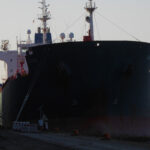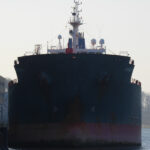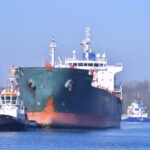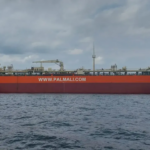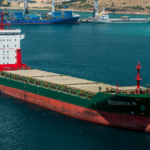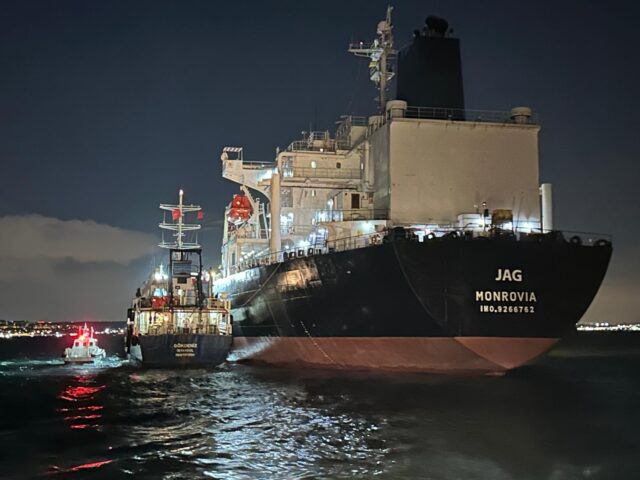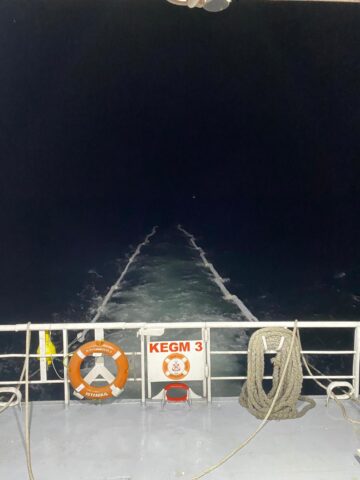Conga
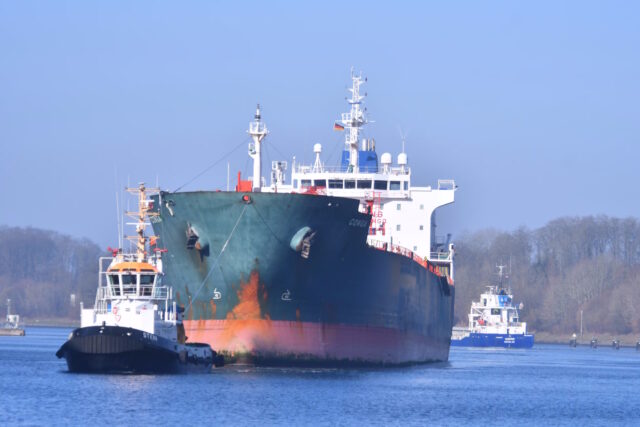
On the afternoon of March 5, the 184 meter long, 37874 dwt tanker Conga (IMO: 9412000) became disabled on the Kiel Canal near Brunbüttel, Germany. The tanker had entered the canal when it suffered main engine failure. The vessel remained in Brunbüttel for several hours until it could make repairs. The vessel was able to proceed on its voyage until it suffered another breakdown further along the canal on March 6. Authorities dispatched two tugs to take the Conga under tow and proceeded to Kiel. No reports of injuries, damage or pollution released.
Reports state authorities sent inspectors to check on the vessel. The Conga is suspected to be part of the Russian shadow fleet of tankers, but was not currently on the list sanctioned by the EU.
